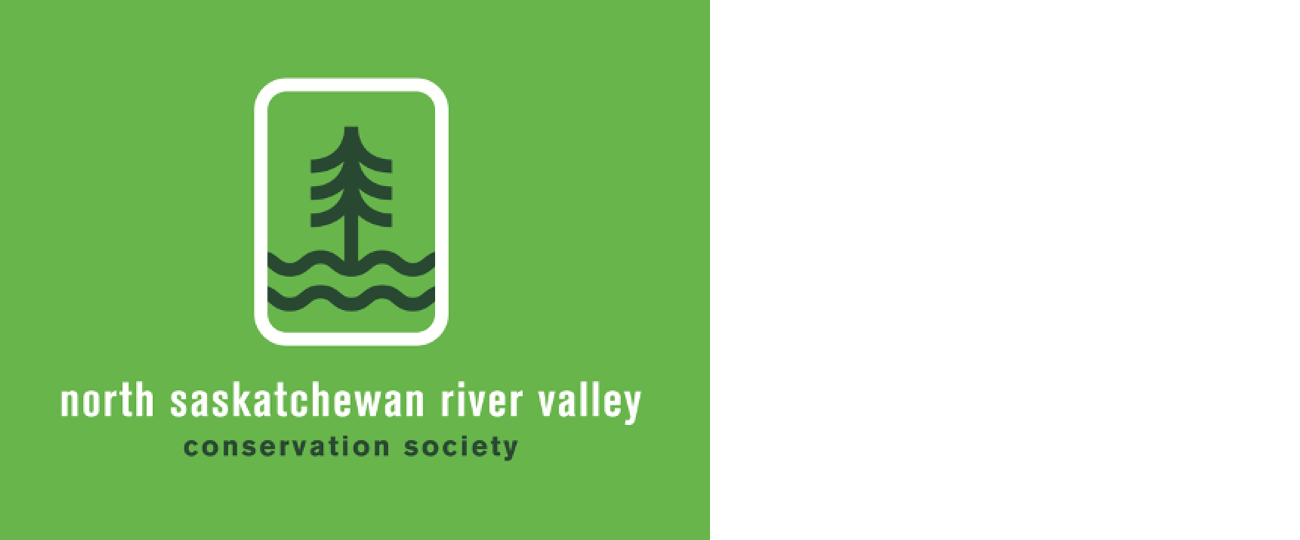Celebrate your inner voyageur at Flying Canoë Volant
Enjoy light, music, legends and dance at this festival which runs January 31 through February 3. Begun in 2013, the Flying Canoë Volant is a creative and interactive cultural celebration designed to engage local history and everything that is great about a long winter’s night.
Inspired by the legend of The Flying Canoe and French Canadian, First Nations and Métis traditions, Flying Canoë Volant embraces Edmonton's French Quarter and our beautiful river valley. Festival activities occur at La Cite Francophone, Mill Creek Ravine and Rutherford school. https://www.flyingcanoevolant.ca/
Wîhkwêntôwin new name for Edmonton’s Oliver neighbourhood
Dennis Kovtun photo
Wîhkwêntôwin, a Cree word that is pronounced we-kwen-to-win, means circle of friends. Efforts to remove the area of namesake Frank Oliver have been ongoing since 2020, when the community league voted to rename the neighbourhood. It has been called Oliver since 1937.
Committee members thanked Elder Jerry Saddleback for gifting the community with its new name, one they believe will better reflect the area's diversity and commitment to inclusion. The name is meant to honour the area's long history as an important gathering place for Indigenous communities.
Oliver, a member of Parliament and federal minister first elected to office in 1883, is known for discriminatory legislation, including policies that pushed Indigenous people off their traditional lands. He was instrumental in shaping Canada's Immigration Act of 1906 which restricted immigration based on ethnic origin and wrote an order-in-council to bar Black immigrants fleeing persecution in the American South from entering Canada.
The new name will be presented to executive committee and then to city council for final approval.
https://www.cbc.ca/news/canada/edmonton/oliver-neighbourhood-edmonton-renamed-1.7092029
Muskrats look similar to beavers except for their tail
Gerald Romanchuk photo
Muskrats and beavers look similar. They are both large, furry rodents that swim in water and live in the same sorts of areas, including marshes and slow-moving streams. The main difference between these two species is their tails. Muskrats have a long, thin tail like a mouse, whereas beavers have a wide, flattened tail like a paddle.
Muskrats get their name because they have musk glands that release a pungent substance. This musky fluid is thought to be used to mark territory and communicate with other muskrats during breeding season. They normally eat cattails and other aquatic plants, but they are omnivorous and will eat fish or small mammals when plants are in low supply.
Unlike beavers, muskrats do not have webbed feet. They do have adaptations to live in the water, though. They have waterproof fur and can close their lips behind their teeth to chew without swallowing water. They create lodges for themselves using decayed plant matter but have also been known to sometimes take shelter in beaver lodges. https://www.ealt.ca/blog/fun-facts-beavers-vs-muskrats
What wildlife can you expect to see in winter
Wayne Oakes photo
Wayne wrote “Thank you for another informative and educating issue. It is necessary to offer one correction. The Red Squirrel does not hibernate, not even a light-sleep hibernator. They are active at all times of the year even during our recent cold snap when it hit -39C in Whitemud Ravine Nature Reserve. They were out foraging, such as the one shown in the photo. The beaver is a local and good example of a light-sleep hibernator.”
Patsy said “You got quite a bit wrong in the hibernation article, red squirrels do not hibernate at all. Second, I very much doubt that amphibians or even reptiles wake up on warmer days, at least not in the north here. Check out https://www.nps.gov/gaar/learn/nature/wood-frog-page-2.htm#:~:text=Most%20frogs%20survive%20northern%20winters,litter%20on%20the%20forest%20floor
to see what wood frogs do. It is unlikely they would be able to come out of the deep freeze several times a winter during warmer periods.”
Tent communities not new to Edmonton
Roger emailed “My great grandparents arrived in Edmonton from New Zealand in 1905. My grandmother told me they spent their first winter in a tent at the foot of Groat Ravine. Quite a difference from the south Pacific! They survived in tough conditions much the same way our less fortunate citizens do now. They later had a house in Jasper Place but moved to Vancouver after a real estate bust in 1916. Her sister, baby Katie as she was known, died in infancy and is buried in one of the oldest graves in Mount Pleasant Cemetery. Kudos to that original spirit and independence that I see in full blossom now, despite overwhelming prejudice continually expressed against the less fortunate.”
If the Drumming Stops by Peter Morin, Tania Willard & Cheryl L’Hirondelle, Mill Woods LRT Stop
https://www.edmontonarts.ca/public-art/if-the-drumming-stops
Comment or contribution
Please note that articles may not reflect the position of NSRVCS. River Valley News is meant to be a clearinghouse for the wide variety of opinions and ideas about Edmonton’s River Valley. Email river valley photos, event information, comments, or questions to nsrivervalley@gmail.com

















